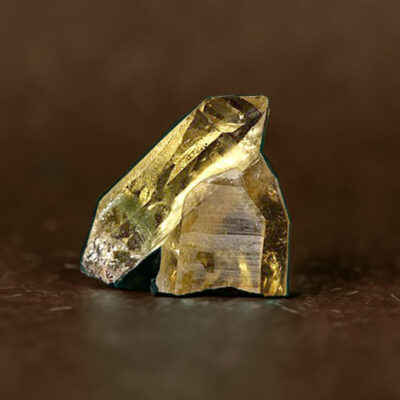 Citrine (and Amethyst) are some of the many varieties of the mineral Quartz.
Citrine (and Amethyst) are some of the many varieties of the mineral Quartz.
People have used quartz in jewelry for thousands of years. Egyptians gathered ornately striped agates from the shore and used them as talismans, the ancient Greeks carved rock crystal ornaments that glistened like permafrost, and the hands of Roman pontiffs bore rings set with huge purple amethysts.
Natural citrine is rare, and today most citrine quartz is the result of heat treatment of amethyst quartz. Even so, gems from the Victorian era have surfaced, and it’s not hard to imagine that citrine was treasured even in earlier times.
Some Facts:
- Mohs hardness: 7
- Chemical composition: SiO2
- Citrine is a birthstone for November.
- Citrine—the transparent, pale yellow to brownish orange variety of quartz—is rare in nature. In the days before modern gemology, its tawny color caused it to be confused with topaz.
- Citrine’s attractive color, plus the durability and affordability it shares with most other quartzes, makes it the top-selling yellow-to-orange gem.
- The finest citrine color is a saturated yellow to reddish orange free of brownish tints.
- Citrine crystals occur in a wide range of sizes, and citrine sizes up to 20 carats are readily available in jewelry.
- Many high-end jewelry designers and gem carvers have fashioned the warm yellow gem into unusual cuts for jewelry and carvings.
- People have used quartz in jewelry for thousands of years.
- Egyptians gathered ornately striped agates from the shore and used them as talismans.
- The ancient Greeks carved rock crystal ornaments that glistened like permafrost.
- The hands of Roman pontiffs bore rings set with huge purple amethysts.
- Sources: GIA.edu, AmericanGemSociety.org, Wikipedia.org

